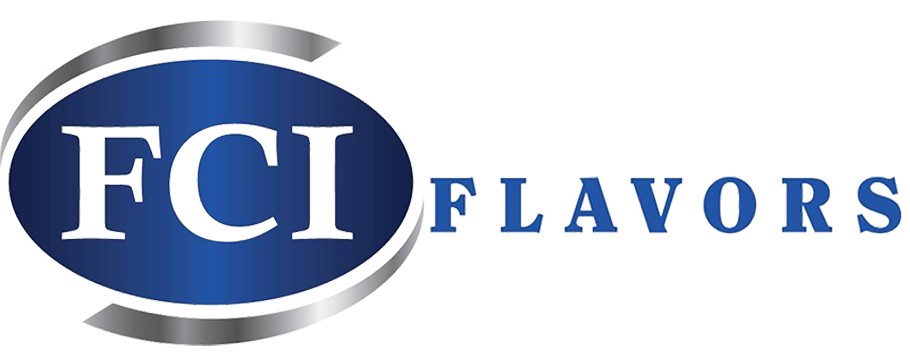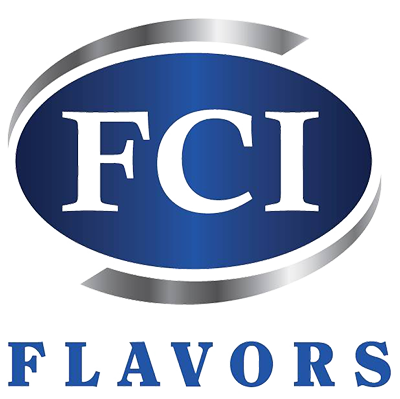- FCI Flavors is your one-stop solution for all your flavor needs
- (630) 373-1707
- Info@FCIFlavors.com

From Concept to Launch
March 26, 2025Natural vs. Artificial Flavors
What’s the Difference Between Natural and Artificial Flavors?
In today’s food landscape, flavor is everything. Whether you’re sipping a protein shake, chewing a gummy vitamin, or enjoying a plant-based snack, flavor plays a key role in consumer experience and brand loyalty.
But behind the scenes, flavor development is more complex than it may seem, especially when it comes to the distinction between natural and artificial flavors. These two terms often spark confusion, debate, and even misconceptions. So, let’s break it down.
What Are Natural Flavors?
According to the U.S. Food and Drug Administration (FDA), a natural flavor is defined as:
“The essential oil, oleoresin, essence or extractive, protein hydrolysate, distillate, or any product of roasting, heating or enzymolysis… whose significant function is flavoring rather than nutritional.”
In simpler terms: natural flavors are derived from ingredients found in nature—fruits, vegetables, herbs, spices, meat, seafood, or dairy—through processes like heating, fermentation, extraction, or distillation.
Importantly, natural doesn’t necessarily mean the flavor comes directly from the named food. For example, natural vanilla flavor may be derived from clove oil, and natural strawberry flavor might include compounds from pineapple or beets, because they share key flavor molecules.
Common Sources of Natural Flavor Compounds:
-
Limonene from citrus peels
-
Vanillin from vanilla beans or lignin
-
Eugenol from cloves
-
Citral from lemongrass or lemon oil
What Are Artificial Flavors?
Artificial flavors are chemical compounds created through synthetic processes that are designed to replicate natural flavor molecules. They’re not derived from plants or animal sources, but are often chemically identical to their natural counterparts.
For example:
-
Ethyl butyrate, a fruity, pineapple-like note, can be synthesized in a lab using food-grade ingredients.
-
Methyl anthranilate, known for its grape candy taste, can also be made synthetically.
Artificial flavors allow for greater consistency, stability, and cost control. However, due to the term “artificial,” some consumers may view them as less desirable, regardless of their safety or performance.
Regulatory Differences
In the U.S., flavor classification is regulated primarily by the FDA, with oversight also from FEMA (Flavor and Extract Manufacturers Association). The key regulatory distinction lies not in the chemical structure of the compound, but in how and where it was sourced.
|
Characteristic |
Natural Flavor |
Artificial Flavor |
|
Source |
Derived from natural raw materials (plants, animals, microbes) |
Synthesized from non-natural sources |
|
Processing |
Physical, enzymatic, or microbiological |
Chemical synthesis |
|
Labeling |
“Natural Flavor” |
“Artificial Flavor” |
Even if the end compound is the same, it will be labeled differently depending on how it was made.
Do Natural Flavors Always Mean Better?
Not necessarily. The word “natural” carries a lot of weight with consumers, but from a food science standpoint, natural and artificial flavors are both safe, heavily regulated, and often chemically indistinguishable.
That said, there are a few considerations:
Pros of Natural Flavors:
-
Align with “clean label” and natural marketing claims
-
Appeal to ingredient-conscious consumers
-
Often sourced from familiar plants and botanicals
Challenges:
-
Can be more expensive
-
Seasonal variability in supply and quality
-
Shorter shelf life or less heat stability
When Are Artificial Flavors Used?
Artificial flavors can be helpful when:
-
You need long shelf life or heat stability (like in baked goods or powders)
-
Cost and scalability are concerns
-
The natural source is rare, endangered, or unsustainable
Still, some brands choose to avoid artificial flavors for marketing or positioning reasons, especially in natural or organic product lines.
Key Takeaway: It’s About Purpose, Not Preference
When choosing between natural and artificial flavors, it’s less about one being “better” than the other and more about which is right for your application.
At the end of the day, the goal is the same: deliver a safe, consistent, enjoyable sensory experience for consumers.
Whether you’re developing a clean-label wellness product or scaling a mainstream snack line, understanding the nuances of flavor labeling can help you make more informed formulation choices.
Want to Learn More About Flavor Solutions?
If you’re navigating product development and unsure which route to take, our team at FCI Flavors is happy to walk you through the options—from sourcing to regulatory compliance to final application testing.
Let us help you create flavors that perform and resonate.
📩 Contact us today at info@fciflavors.com or visit www.fciflavors.com to learn more.






